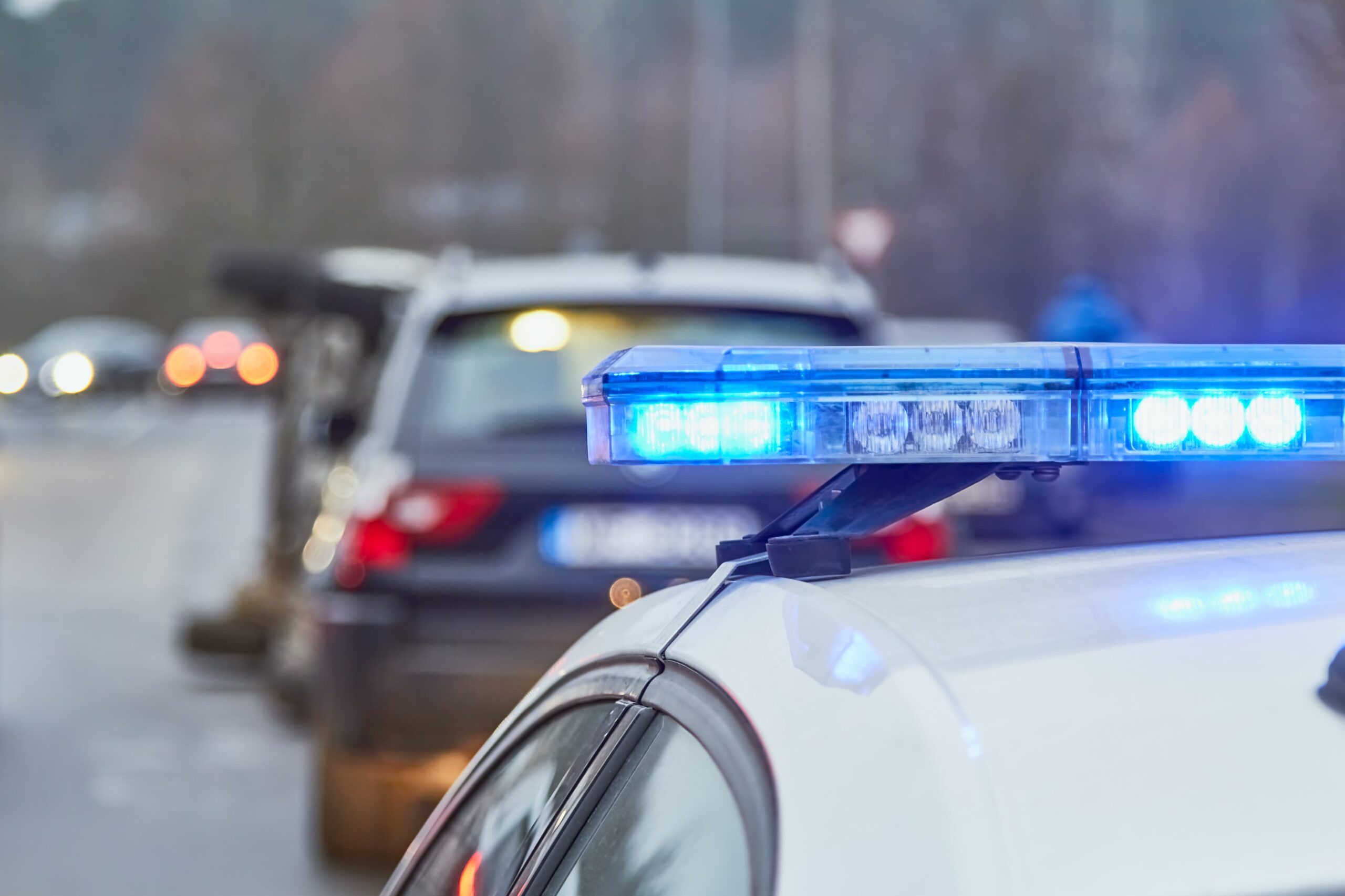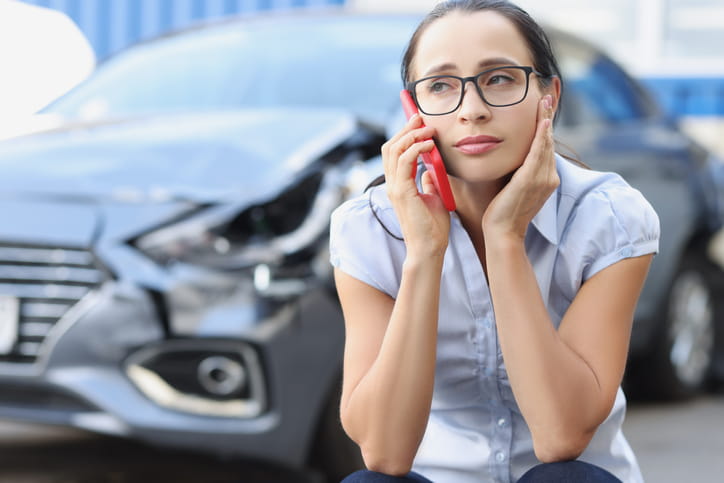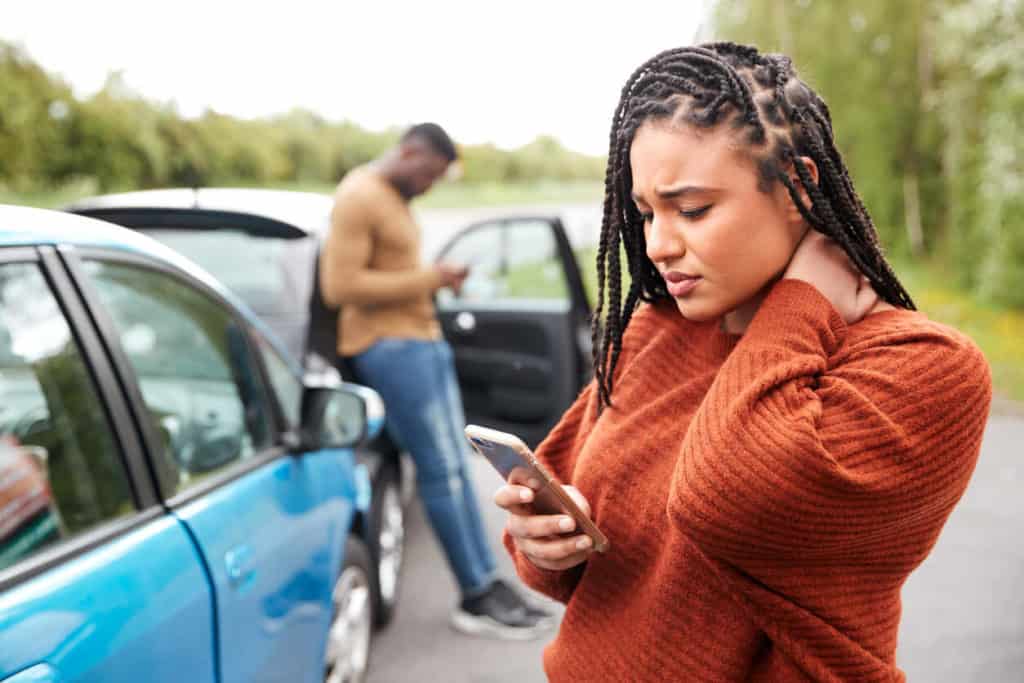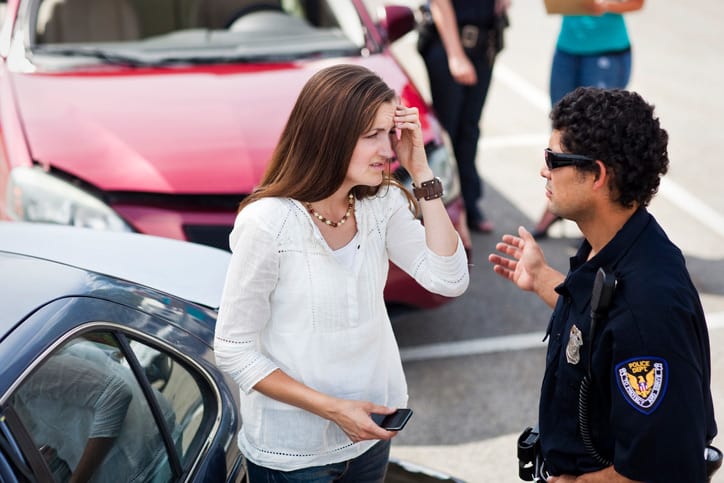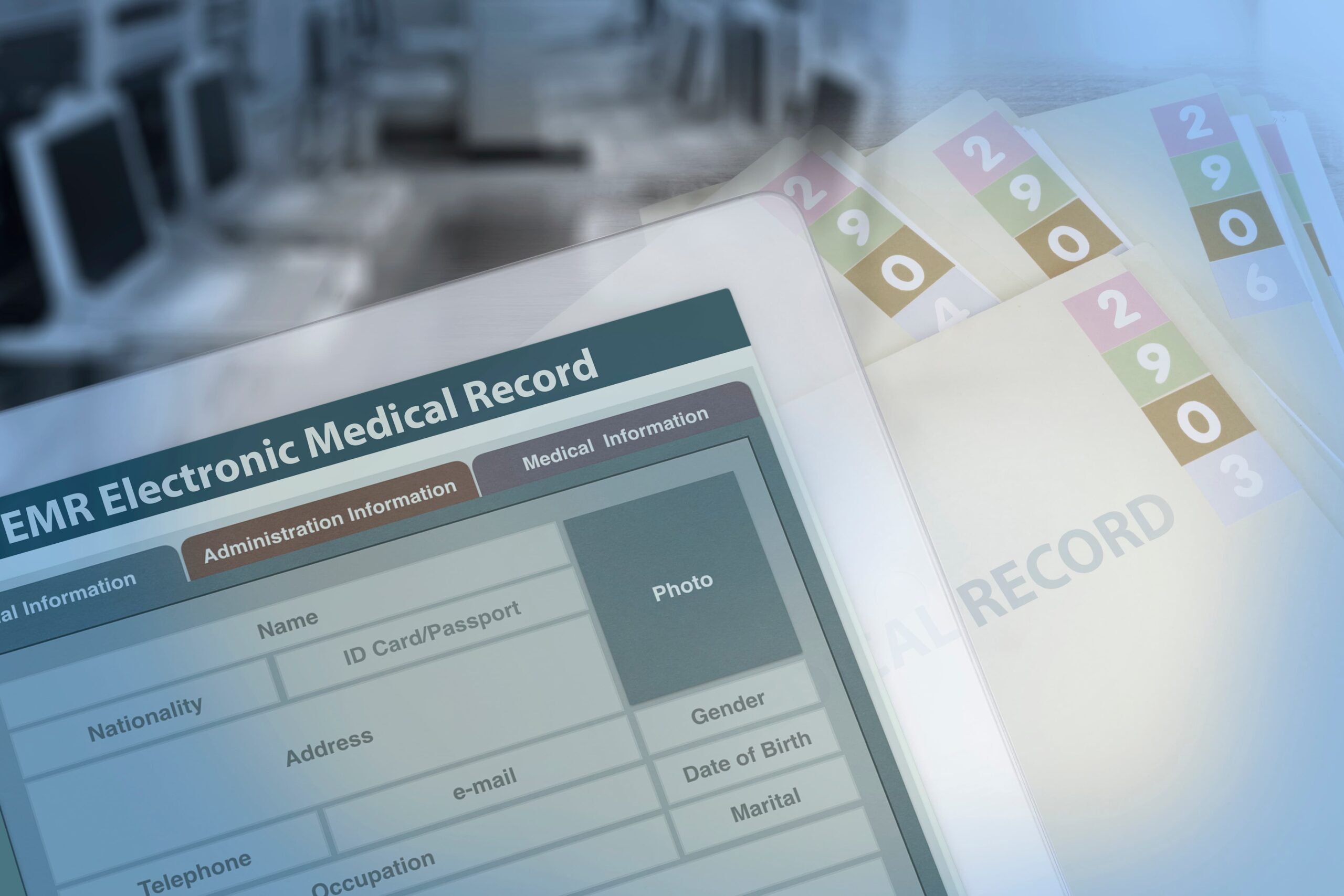6 Ways to Prevent SUV Roll-Overs On the Roads
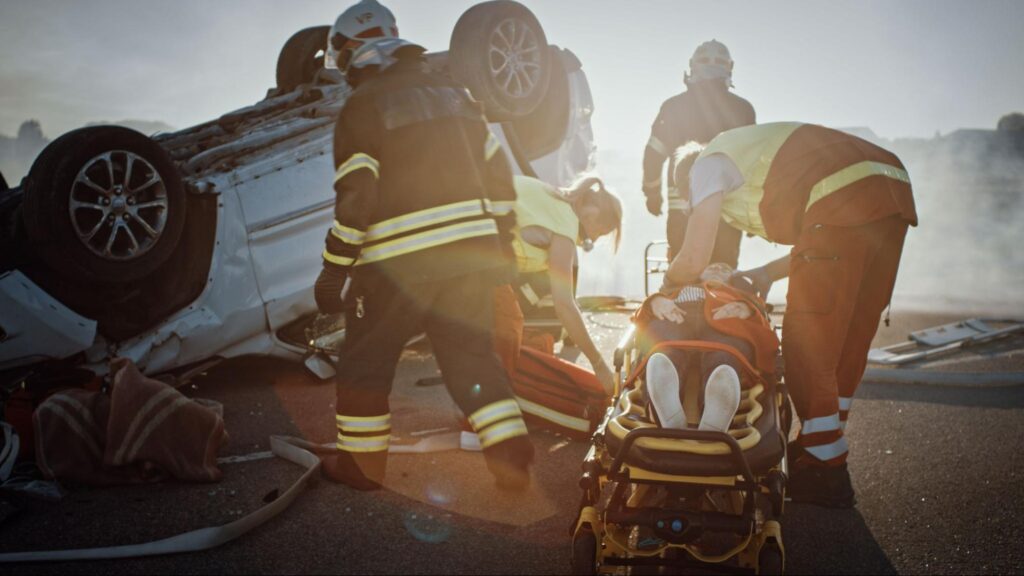
SUV rollovers are a serious type of car accident that can have devastating results. Unfortunately, SUVs are more prone to rollover accidents because they are taller, narrower, and have a high center of gravity. However, some of these accidents can be prevented. Our auto accident attorney team shares tips on how to avoid SUV rollovers on the road.
What are vehicle rollovers?
When a car crash occurs, the impact often forces a vehicle to twist, turn, and rotate in different directions. In a rollover collision, the vehicle tips and rolls over onto its side or roof. These types of car accidents can involve other motor vehicles or stationary objects, such as a guard rail, curb, or barrier.
Rollovers also tend to have higher fatality rates than other accidents because injuries are often severe and safety features may not be as effective in these unpredictable situations.
What is the most common cause of a rollover?
There are several factors that can lead to a rollover accident, including negligence, reckless driving, and manufacturing defects. Some causes of rollovers are:
- High speeds – Many rollover crashes result from the most common cause of these types of accidents: excessive speed. When vehicles are traveling above the speed limits and are involved in a high-speed collision, the cars will often roll over from the high impact.
- Driving under the influence (DUI) – Another reason rollover accidents occur is connected to drug or alcohol use while operating the vehicle. When drivers are under the influence of alcohol or other illegal substances, they are more likely to make dangerous mistakes that can lead to these devastating accidents.
- Vehicle safety defects – Many vehicles today come equipped with safety features designed to prevent crashes. When these features don’t work as they should, it can result in a rollover.
- Tire failure – Tire problems can contribute to increased risk of a rollover accident. For SUVs, the vehicle may experience tire tread separation, which makes it difficult for drivers to regain control.
- Inclement weather conditions – Hazardous weather conditions can also lead to rollover accidents. When the roads are slick from rain, snow, or ice or visibility is poor due to the weather, it increases the risk of a collision.
Why are SUVs prone to rollovers?
SUVs are more likely to be involved in a rollover accident because they have a higher center of gravity than other vehicles. They are higher off the ground than sedans or minivans but don’t have a wider base to accommodate for the additional height. This makes SUVs particularly top-heavy and more prone to flip over during a crash.
Where do most fatal rollover collisions occur?
According to the National Highway Traffic Safety Administration (NHTSA), most fatal rollovers involved vehicles traveling on an undivided, two-way road. They were also common on divided roads that had no barriers between the opposing traffic lanes. The data also showed that rollover accidents happened more often in rural areas where speed limits were higher.
How do you avoid a rollover accident?
While SUVs are more susceptible to rollover accidents, there are still ways to avoid this type of serious crash. For example:
1. Drive with caution and remove distractions while driving.
The most important thing you can do to prevent a rollover is to always drive carefully and remove any distractions that might take your eyes off the road. When you’re paying attention, you may see road hazards sooner, have quicker reaction times, and avoid a collision altogether.
When you do need to swerve or maneuver around a hazard quickly, do your best to stay calm. If you feel yourself losing control of the vehicle, reduce speeds and pull over until you compose yourself.
2. Never drive under the influence of alcohol or illegal substances.
Alcohol and other controlled substances can impair a driver’s ability to make safe decisions while operating a vehicle by:
- Affecting a person’s judgment
- Causing blurriness or double vision
- Reducing the ability to distinguish colors
- Slowing reactions times
Driving under the influence affects the part of the brain that controls decision-making, motor skills, and reflexes. It can also cause a person’s vision to become blurry and unfocused. All these factors can increase the risk of a rollover accident.
3. Don’t speed.
Driving over the speed limit is always dangerous. Speed limits are in place to keep everybody on the roads safe. When drivers choose to operate the vehicle at excessive speeds, they have less time to react to dangerous conditions. Also, they may not have enough time to prevent an accident if the person in front of them suddenly stops.
To help prevent rollovers, pay attention to the speed limit. If the weather, construction, or other factors require you to slow down, use caution in these areas and only speed up once you’ve passed those zones.
4. Be cautious when loading your SUV.
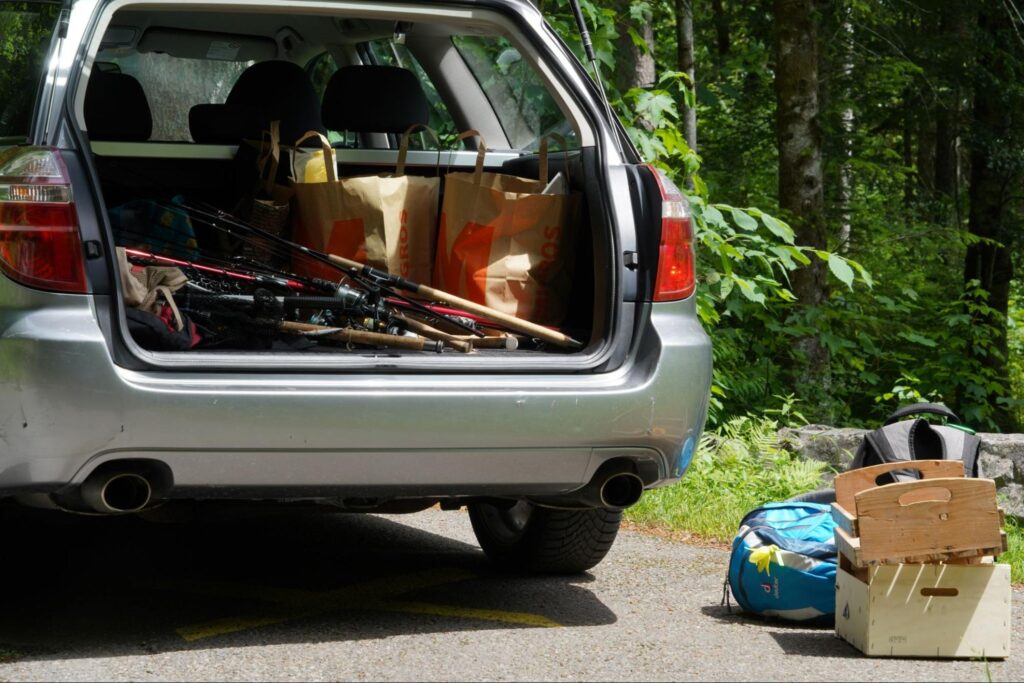
Another method of prevention is to be cautious when loading your SUV. The more weight you add to the vehicle, the more top-heavy it becomes, increasing the risk of rollover if there is an accident.
Load vehicles evenly on both sides, front to back to even out the higher center of gravity that makes an SUV prone to tipping. Dispersing the weight will help even out the vehicle’s stability. When a vehicle’s load is poorly balanced, the likelihood of a rollover in a top-heavy SUV is greater than other vehicles.
5. Get an SUV with the latest safety features.
New safety technology is being developed everyday to compensate for higher speeds and more cars on the road. Some helpful safety features you may find on your next vehicle include:
- Fatigue monitoring
- Electronic stability control (ESC)
- Lane-monitoring
- Evasive steering
- Tire monitoring
Many of these safety features involve computerized technology that is designed to help drivers avoid accidents, including rollovers, by detecting dangers or reacting to hazardous conditions before a collision occurs.
RELATED: 22 Best Car Safety Features of 2022
6. Check the condition of SUV tires regularly and repair/replace balding tires.
Checking your tires regularly is one of the easiest things you can do to help prevent rollovers and other auto accidents. Tires that are in good condition will have more traction and ensure a driver has control over the vehicle even when conditions are not ideal. When you do notice your tires are worn down or damaged, replace them as soon as possible.
Hiring a Car Accident Lawyer After a Rollover Accident
If you or a loved one were injured in an accident involving a rollover, speak with an experienced injury lawyer to see if you qualify to bring a personal injury claim. A legal case allows an accident injury victim to claim compensation for damages, including:
- Medical bills
- Future medical expenses
- Property damage
- Lost wages
- Pain and suffering
The insurance companies will often pressure victims to accept less than they deserve after a motor vehicle accident. A personal injury attorney will protect your rights and fight for the maximum settlement for your insurance claim. And if you lost a loved one in a rollover, an attorney can help you file a wrongful death claim to seek justice for your loss.
Ready to take legal action with a personal injury case or medical malpractice claim? Contact our team today to schedule a free consultation on your case.
Sources:
National Highway Traffic Safety Administration (NHTSA). (April 2022). Characteristics of Fatal Rollover Crashes.
National Highway Traffic Safety Administration (NHTSA). Alcohol and Driving.
Vincent, John M., (20 May 2022) U.S. News. The 14 Safest SUVs for 2022.

